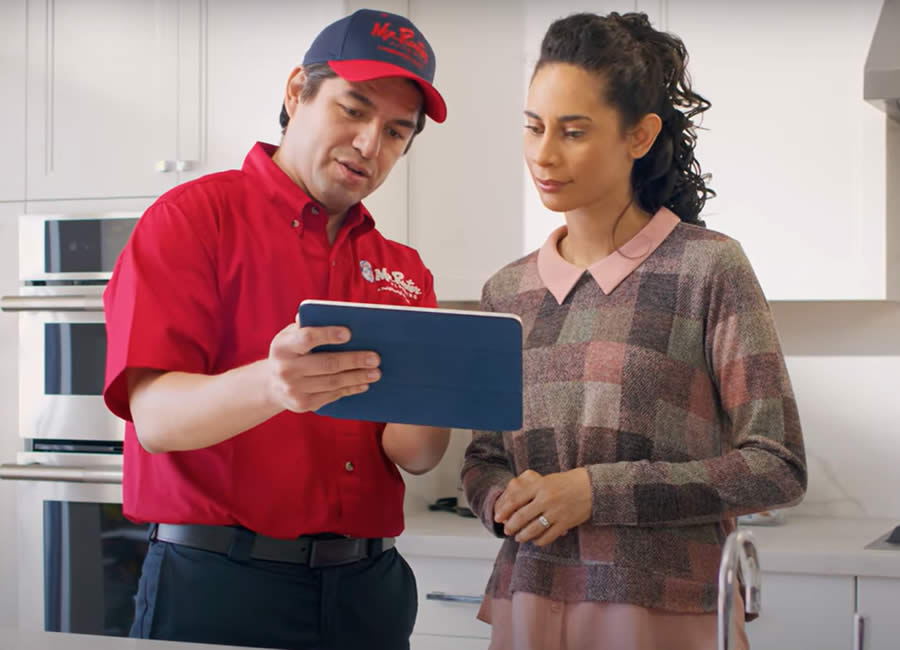Nothing is more frustrating than rinsing dirty dishes in an overflowing sink. This often shows a blockage in the pipes, obstructing wastewater flow into the sewer line. Most people usually grab a plunger and use brute force to clear the buildup, but this is only effective for small clogs. Severe blockages may require the expertise of a plumbing repair service to ensure functional and efficient drains. At Mr. Rooter Plumbing, we provide comprehensive drain cleaning service and provide pertinent information to help you conduct successful DIY projects. Here’s how to unclog your kitchen sink without professional help.
Assess the Cause of the Clog
Before undertaking a clogged drain line repair project, it’s important to pinpoint the cause of the blockage. Common culprits include food particles, grease buildup, soap scum, or foreign objects accidentally down the drain. Run water and observe how it drains to determine the severity of the buildup. If the clog is minor, you may notice slow draining. However, severe buildup prevents all the water from draining, hence the need to call a plumber for effective solutions.
Remove Standing Water
If your sink is not draining as expected, remove as much wastewater as possible. You can use a cup, bucket, or sponge to clear the basin and ensure better access to the drain. This step is crucial, as standing water can make plunging or snaking less effective.
Try Boiling Water
Grease and soap scum are the most common culprits for kitchen clogs. The most effective way to clear accumulated grease and soap is to pour boiling water down the affected drain. The hot water breaks down the buildup, allowing wastewater to flow. If the clog persists, repeat the process two or three times. While boiling water is an effective drain cleaning method for clearing grease and oils, it is not suitable for sinks with PVC pipes.
Use a Plunger
As stated, a plunger is an effective tool for clearing minor blockages. All you need is to ensure there’s enough water in the sink to cover the plunger’s rubber cup, place it over the drain, and pump it vigorously for intervals of 20-30 seconds. The suction created can dislodge clogs and restore normal flow. If there’s no improvement after a few tries, it might be time to call a plumbing service provider.
Check and Clean the P-Trap
The P-trap is the curved pipe under your sink that traps debris before entering the main sewer line. Use a bucket to catch water as you unscrew the fittings to remove it. Inspect for blockages, clean it thoroughly, and reassemble it before testing the drain. If the problem persists, hire a plumbing repair service to inspect and address the underlying problem.
Call a Plumber
If none of these methods work or the clog keeps recurring, it’s time to call a professional plumbing service. Persistent blockages may show a deeper issue, like a problem with your sewer line, that requires specialized tools and expertise.
A clogged kitchen sink can feel like a disaster, but with the right approach, it’s often an easy fix. Contact us at Mr. Rooter Plumbing and schedule a consultation with our experts for exceptional clogged drain line repair services. We leverage specialized equipment and expertise to ensure your kitchen sink stays functional and hassle-free year-round.










